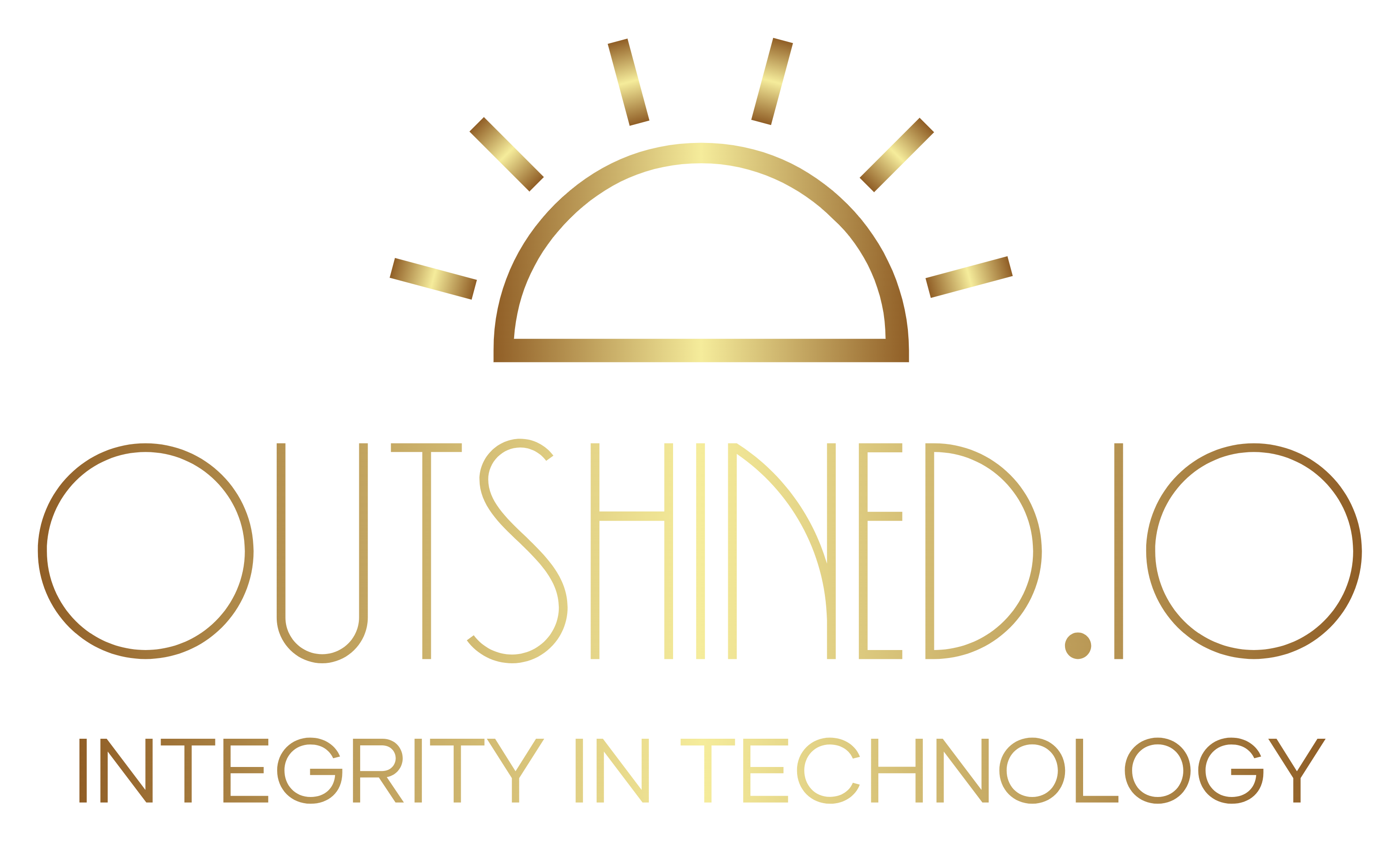# Navigating AI Regulations and Compliance: A Business Guide
The rise of Artificial Intelligence (AI) presents unprecedented opportunities for businesses across all sectors. From streamlining operations to creating innovative products and services, AI’s potential is undeniable. However, this rapid advancement also brings significant regulatory challenges. Understanding and complying with the evolving landscape of AI regulations is no longer a matter of future-proofing; it’s a critical necessity for responsible and sustainable business growth. This guide will help navigate the complexities of AI compliance, ensuring your business stays ahead of the curve and avoids potential pitfalls.
Understanding the Key Regulatory Frameworks
The regulatory landscape surrounding AI is rapidly evolving, with different jurisdictions implementing unique approaches. While a single, global standard is yet to emerge, several key frameworks are shaping the discussion and driving compliance efforts. These include:
* GDPR (General Data Protection Regulation): Even before the surge in AI, GDPR established stringent rules around data privacy and protection. AI systems often rely heavily on data, making GDPR compliance paramount. This involves obtaining explicit consent, ensuring data security, and providing individuals with control over their personal information. Failure to comply can result in substantial fines.
* CCPA (California Consumer Privacy Act): Similar to GDPR, CCPA grants Californian consumers specific rights regarding their personal data. Businesses operating in California or handling data from California residents must adhere to its provisions, impacting how AI systems collect, use, and share personal information.
* Emerging National and Regional Regulations: Numerous countries and regions are developing their own specific AI regulations. These often focus on areas like algorithmic transparency, bias mitigation, and accountability for AI-driven decisions. Staying abreast of these evolving regulations is crucial for multinational businesses. For instance, the EU’s AI Act is a significant development that will heavily influence future global standards.
Businesses need a proactive approach to understanding these frameworks and how they apply to their specific AI deployments. This often requires collaboration between legal, technical, and business teams.
Implementing Effective AI Compliance Strategies
Effective AI compliance isn’t a one-time fix; it’s an ongoing process requiring continuous monitoring and adaptation. Here are some key strategies:
* Data Governance: Establishing robust data governance processes is fundamental. This involves creating clear policies for data collection, storage, usage, and disposal, ensuring compliance with relevant regulations like GDPR and CCPA. Implementing data minimization principles – only collecting the necessary data – is crucial.
* Algorithmic Transparency and Explainability: Understanding how your AI algorithms make decisions is critical for both compliance and building trust. “Explainable AI” (XAI) techniques are gaining traction, helping to demystify AI’s decision-making processes and identify potential biases.
* Bias Mitigation: AI systems can inherit and amplify existing societal biases present in the data they are trained on. Implementing strategies to detect and mitigate bias is crucial for ethical and legal compliance. This often involves rigorous data auditing and algorithm testing.
* Risk Assessment and Management: Regularly assess the potential risks associated with your AI systems, considering both legal and ethical implications. Develop mitigation strategies to address identified risks proactively. This should be a continuous process, updated as the technology and regulations evolve.
Building a Culture of AI Responsibility
Compliance extends beyond simply adhering to legal requirements. Building a culture of AI responsibility within your organization is paramount. This involves:
* Employee Training: Educate your employees about AI ethics, regulations, and best practices. This ensures everyone understands their roles and responsibilities in maintaining compliance.
* Ethical Frameworks: Develop and implement internal ethical guidelines for AI development and deployment. These should align with broader societal values and legal requirements.
* Continuous Monitoring and Improvement: Regularly review and update your AI compliance procedures to reflect evolving regulations and best practices. Continuous monitoring allows for early identification and remediation of potential compliance issues.
In conclusion, navigating the complex world of AI regulations requires a proactive, multi-faceted approach. By understanding key frameworks, implementing effective compliance strategies, and fostering a culture of AI responsibility, businesses can harness the power of AI while mitigating risks and ensuring sustainable growth. Failure to prioritize AI compliance can lead to significant financial penalties, reputational damage, and ultimately, business failure.

